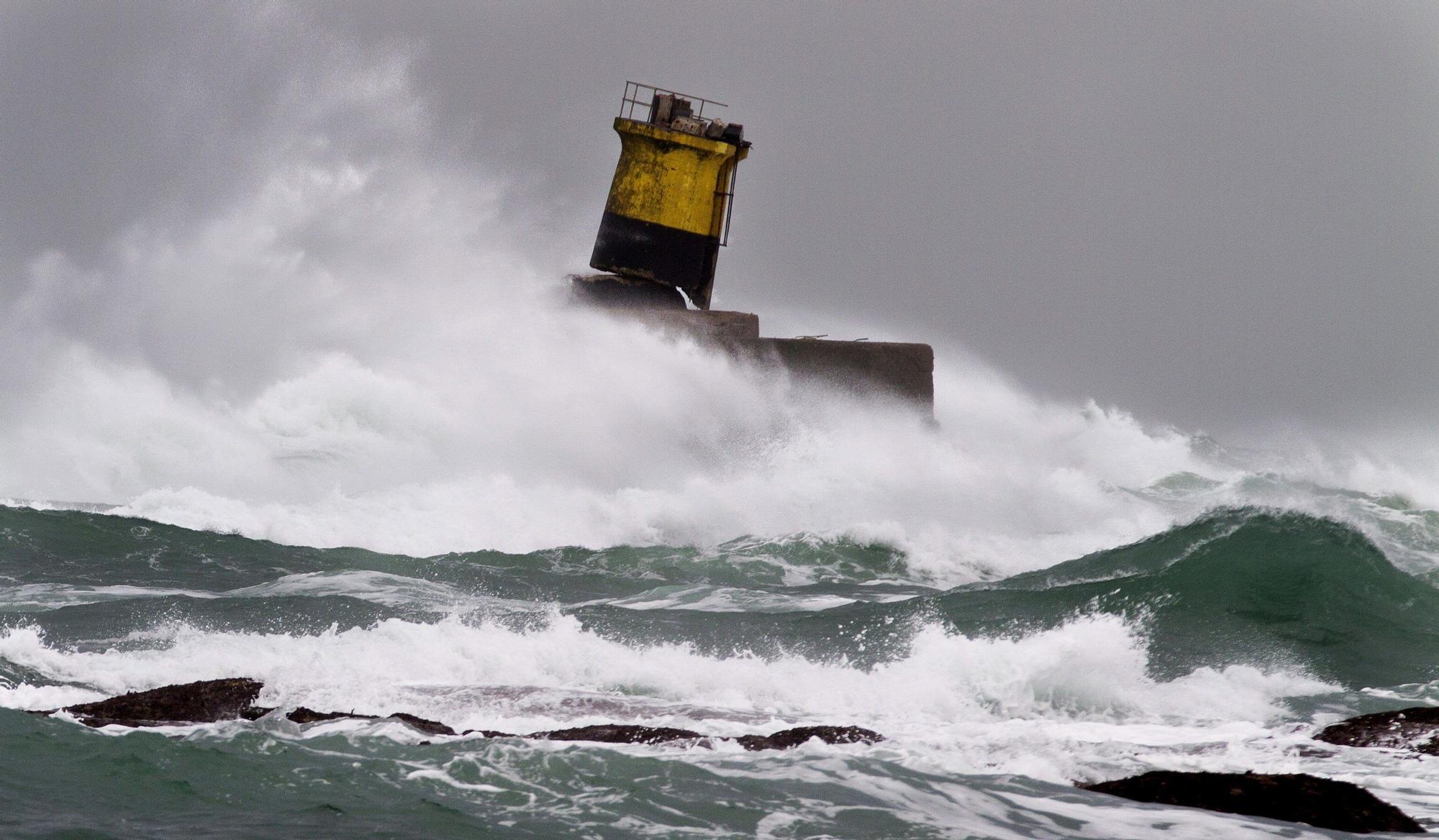The aemet (Spanish State Meteorological Agency) announces the arrival of strong spring tides. This phenomenon -spring and neap tides- occurs once in each lunar cycle, that is, 13 times a year, but the strongest or most pronounced occur close to the equinoxes, such as spring, which in the northern hemisphere has been between last 20 and 21.
The spring tides They are a natural phenomenon that occurs in oceans and seas of all the world. They are characterized by a significant rise in the water level during high tides and a similar decrease during low tides. These fluctuations can be more intense at certain times of the year, known as spring tides.
The tides are the result of the gravitational attraction of the Moon and the Sun on Earth. The Moon has the greatest influence on the tides, as it is closer to Earth and has a greater mass than the Sun. The Moon’s gravity pulls the surface of the oceans towards it, creating a bulge on the surface of the water in the zone opposite to the Moon. This is because the water from that area is drawn to the Moon and accumulates in that area.
tidal peaks
The Earth rotates around its own axis as it orbits the Sun, which means that any point on Earth passes through two tidal bulges during a period of approximately 24 hours and 50 minutes. These two peaks are the high tides and the two lowest points are the low tides.
Spring tides occur when the Sun, Moon and Earth they are aligned in a certain way. During the full moon and new moon, the gravitational pull of the Moon and the Sun add to each other and create a higher than normal tide. This phenomenon is known as spring tide. On the other hand, when the Moon and the Sun are not aligned, the force of the gravitational attraction is reduced, which gives rise to lower than normal tides. This is called a neap tide.
Influence on marine life
In addition to the gravitational influence of the Sun and the Moon, other factors can also affect the height and momentum of the tides. For example, the shape of the shoreline and the depth of the water can affect the way waves propagate and the timing of high and low tides.
In some coastal areas, spring tides can have a significant effect on the environment and marine life. High tides can inundate coastal areas and low tides can expose areas that are normally submerged to the weather. This can affect the coastal ecosystemsincluding the habitats of marine species and the feeding areas of migratory birds.
It affects people too
Related news
During high tides, fish tend to seek refuge in deeper water, which can make it difficult to capture. On the other hand, during low tides, fish can getting caught in shallow puddles of water, which also makes it difficult to capture. In addition, low tides can expose the sea floor, exposing marine animals that would normally be covered by water. This can cause their death or damage their natural habitat.
Spring tides can also be dangerous for people who practice water sports or those who live in coastal areas. Ocean currents can be stronger during spring tides and they can drag people out to sea or cause boats to move faster than normal.

